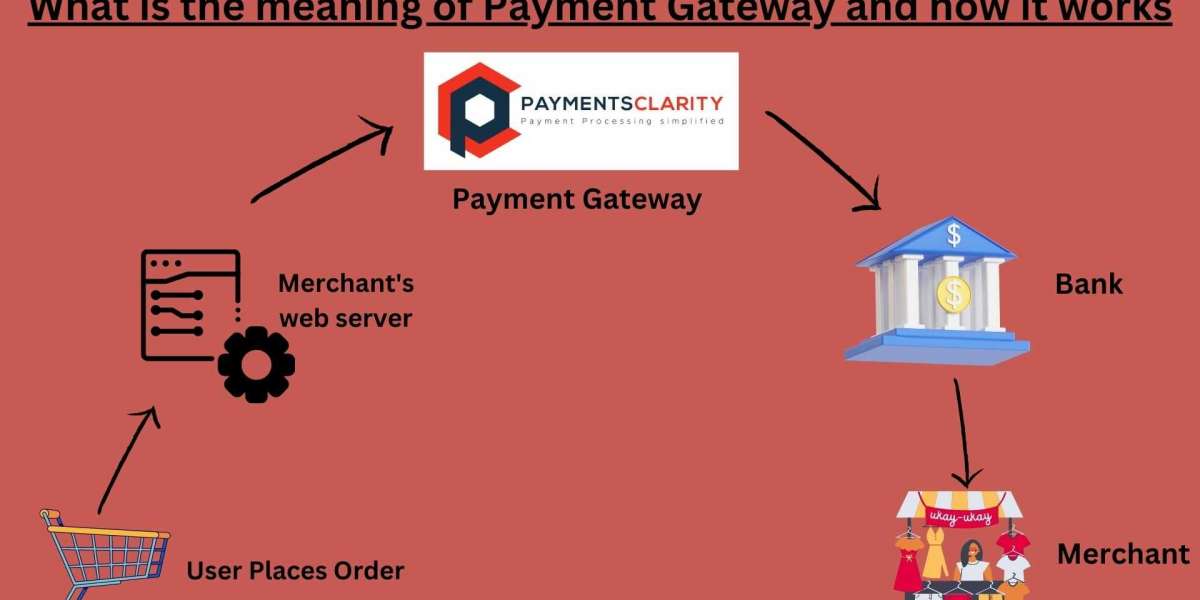A payment gateway facilitates the secure transmission of payment information between a customer, a merchant, and a payment processor. Here’s a step-by-step breakdown of how a payment gateway works during an online transaction:
Initiation of Purchase: The customer selects products or services to purchase on the merchant’s website or app.
They proceed to the checkout page to finalize the purchase.

Data Entry: The customer enters their payment information, which may include credit or debit card details, billing address, and contact information. Alternatively, the customer may choose to use a digital wallet or other supported payment methods.
Submission of Payment Details: Once the payment information is entered, the customer submits the payment details to the merchant’s website.
Encryption and Secure Transfer: The payment gateway encrypts the customer’s payment information to ensure its security during transmission. The encrypted data is sent to the payment gateway’s server for processing.
Forwarding to Payment Processor: The payment gateway forwards the encrypted payment data to the relevant payment processor.
The payment processor could be a bank, a credit card network (e.g., Visa, MasterCard), or a third-party service provider.
Authorization Request: The payment processor receives the payment data and sends an authorization request to the customer’s issuing bank or card network.
Issuing Bank Approval: The customer’s issuing bank receives the authorization request and checks if the transaction can be approved.
The bank verifies factors like available funds, account status, and potential fraud indicators.
Transaction Response: The issuing bank sends an authorization response back to the payment processor. The response indicates whether the transaction is approved, declined, or requires further action.
Response to Merchant: The payment processor forwards the authorization response to the payment gateway.
Communication with Customer: The payment gateway informs the customer about the outcome of the transaction (approved or declined).
Merchant Notification: If the transaction is approved, the payment gateway notifies the merchant’s website that the payment is successful.
Transaction Settlement: The funds from the approved transaction are transferred from the customer’s account to the merchant’s account. Settlement may take place immediately or within a specific time frame, depending on the payment processor and merchant agreement.
Payment Confirmation: The merchant’s website generates a payment confirmation page or sends an email to the customer confirming the successful payment.
Completion of Purchase: The customer’s order is now confirmed, and they can expect to receive the products or services they purchased. Throughout this process, security measures such as encryption, fraud detection, and compliance with industry standards (such as PCI DSS) are crucial to safeguard sensitive payment information and ensure a secure transaction environment for both customers and merchants.
It’s important to note that some steps may vary slightly depending on the specific payment gateway, payment processor, and payment methods involved in the transaction.
#Casino payment gateway |
#Payment gateway |
#Best Payment gateway |
#Payment processor |
#Payment gateway providers |
#Payment gateway integration |
#Payment processor for gateway |
#Paymentsclarity payment gateway |
#Payment gateway services |
#Online payment gateway |
#Payment gateway for IPTV |




